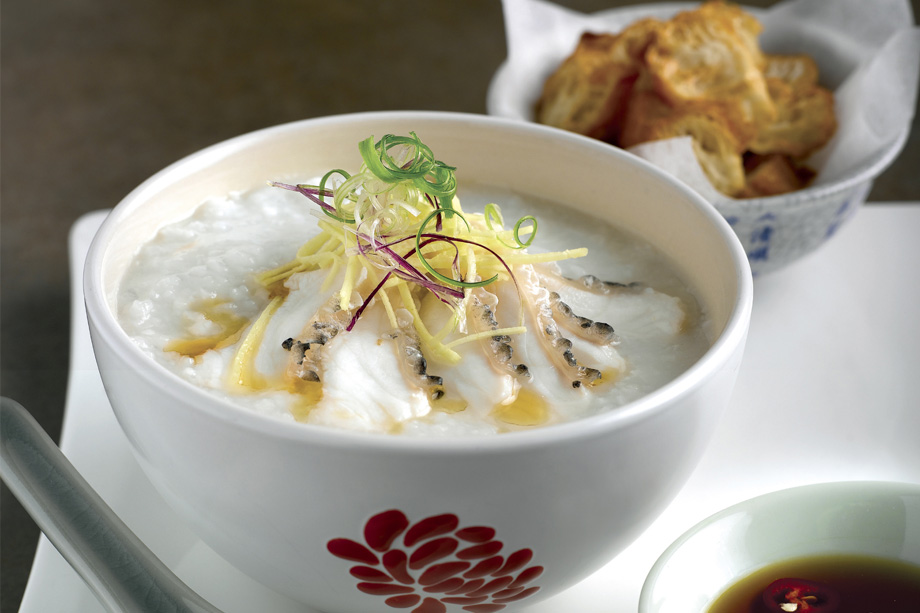CanHOPE is a non-profit cancer counselling and support service provided by Parkway Cancer Centre, Singapore.
Texture-modified Diet
A texture-modified diet is one in which the texture of the food has been changed to allow the food to be safely swallowed. There are different ranges of texture-modified diet, such as; smooth pureed diet, minced diet and soft diet. Selecting the right
range of texture will depend on individual restrictions and swallowing abilities. You may move on to the next range of texture-modified foods as and when you are required to. It is advisable for you to consult a dietitian, if your medical condition
requires you to be on a long term texture-modified diet.
You may need some of these kitchen equipments to achieve the desired consistency.
- Food processor
- Blender
- Stick hand blender
- Juicer
- Mouli
- Sieve
Smooth Pureed Diet
Pureed food is thick, smooth and moist with no lumps. It requires no chewing and should be one single consistency. It should not separate into a liquid and a solid. It can be prepared with a blender or food processor.
| Food Recommended | Food to be avoided |
|---|---|
| Bread, cereals, rice, pasta, noodles | |
|
|
| Vegetables | |
|
|
| Fruit | |
|
|
| Dairy | |
|
|
| Meat, fish, poultry, eggs, nuts, legumes | |
|
|
| Desserts | |
|
|
| Extra | |
|
|
Notes on Preparation:
- Do not puree a whole meal together, puree each item of the meal and serve separately
- Puree and season to taste or add seasonings to enhance flavour
- To save time prepare an extra servings of each pureed item and freeze in individual servings
- Use liquids such as sour cream, gravy, cheese sauce, soups, cream, or fruit juice to add extra energy and taste when preparing pureed food
- Commercially prepared baby foods (stage one or 6 months) are a good option when traveling
- Puree meat raw and then again once cooked to reduce the gritty texture
Minced Diet
Food should be able to be easily minced or mashed with a fork. It may be presented as a thick puree with obvious lumps in it. Food should be moist and should easily form into a ball in the mouth.
| Food Recommended | Food to be avoided |
|---|---|
| Bread, cereals, rice, pasta, noodles | |
|
|
| Vegetables | |
|
|
| Fruit | |
|
|
| Dairy | |
|
|
| Meat, fish, poultry, eggs, nuts, legumes | |
|
|
| Desserts | |
|
|
| Extra | |
|
|
Soft Diet
Foods may be naturally soft or may be cooked or cut to make sure they are soft enough. These foods can be chewed easily and require no mashing, mincing or blending. Hard, dry or crumbly foods should be avoided.
| Food Recommended | Food to be avoided |
|---|---|
| Bread, cereals, rice, pasta, noodles | |
|
|
| Vegetables | |
|
|
| Fruit | |
|
|
| Dairy | |
|
|
| Meat, fish, poultry, eggs, nuts, legumes | |
|
|
| Desserts | |
|
|
| Extra | |
|
|






